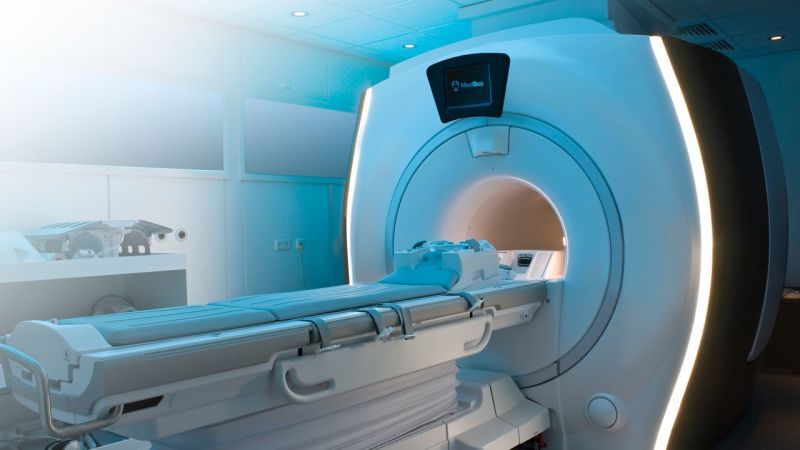Page 10991
Aug 26, 2016
Faces of murderers could be recreated from DNA left at crime scenes after science breakthrough
Posted by Carse Peel in categories: biotech/medical, genetics, science
The faces of murderers or rapists could be ‘recreated’ from DNA left at the scene of the crime, according to new research.
Scientists have identified the genes that shape the extraordinary variation in the human face.
Many features, such as nose size and face width, stem from specific mutations, say researchers.
Aug 26, 2016
Anti-aging effects (in mice) of a dietary supplement called alpha lipoic acid
Posted by Sean Brazell in categories: biotech/medical, life extension

Scientists at Emory University School of Medicine have found that the dietary supplement alpha lipoic acid (ALA) can stimulate telomerase, the enzyme that lengthens telomeres, with positive effects in a mouse model of atherosclerosis.
In human cells, shortened telomeres, the protective caps at the ends of chromosomes, are a sign of aging and also contribute to aging.
Continue reading “Anti-aging effects (in mice) of a dietary supplement called alpha lipoic acid” »

The axolotl is a Mexican salamander with an incredible ability: Cut its leg off, and the limb will grow right back!
Aug 26, 2016
Hackers Could Make a Killing After Finding Vulnerability in Medical Device Tech
Posted by Roman Mednitzer in category: biotech/medical
Major departure from traditional disclosure of vulnerabilities in Medical Devices –this could be game changing.
Aug 26, 2016
Virtual reality robots could someday TELEPORT juries to crime scenes
Posted by Carse Peel in categories: robotics/AI, security, virtual reality
Virtual reality robots could someday teleport juries to gruesome crime scenes to investigate murders…
Juries are rarely allowed to visit crime scenes.
There are some exceptions, usually in difficult, high-profile murder cases such as the O.J Simpson trial in 1995.
Continue reading “Virtual reality robots could someday TELEPORT juries to crime scenes” »
Aug 26, 2016
Nooscope mystery: The strange device of Putin’s new man Anton Vaino
Posted by Carse Peel in category: futurism
A strange theory about a tool to control society sets Russians guessing about President Putin’s new top aide Anton Vaino.
Aug 26, 2016
Italy to test earthquake predictor to reduce deaths and damage
Posted by Carse Peel in category: habitats
A national earthquake forecasting system combined with data on building vulnerability may help communicate risk of shocks happening – but uncertainties remain.
Aug 26, 2016
Inside the killer robot ‘arms race’ where the world’s five leading superpowers are secretly preparing for an all-out futuristic war
Posted by Carse Peel in categories: computing, drones, neuroscience, robotics/AI
GAME OF DRONES
WORLD superpowers are engaged in a feverish “arms race” to develop the first killer robots completely removed from human control, the Sun Online can reveal.
These machines will mark a dramatic escalation in computer AI from the drones and robots currently in use, all of which still require a human to press the “kill button”.
Aug 26, 2016
CIA reveals Spacenet ‘AI in the sky’ that could constantly monitor activity on Earth
Posted by Carse Peel in categories: computing, information science, robotics/AI, satellites

CIA reveals Spacenet ‘AI in the sky’ that could constantly monitor activity on Earth via high resolution satellites…
It sounds like something out of a sci-fi film — an AI that constantly monitors the Earth, looks for unusual activity.















